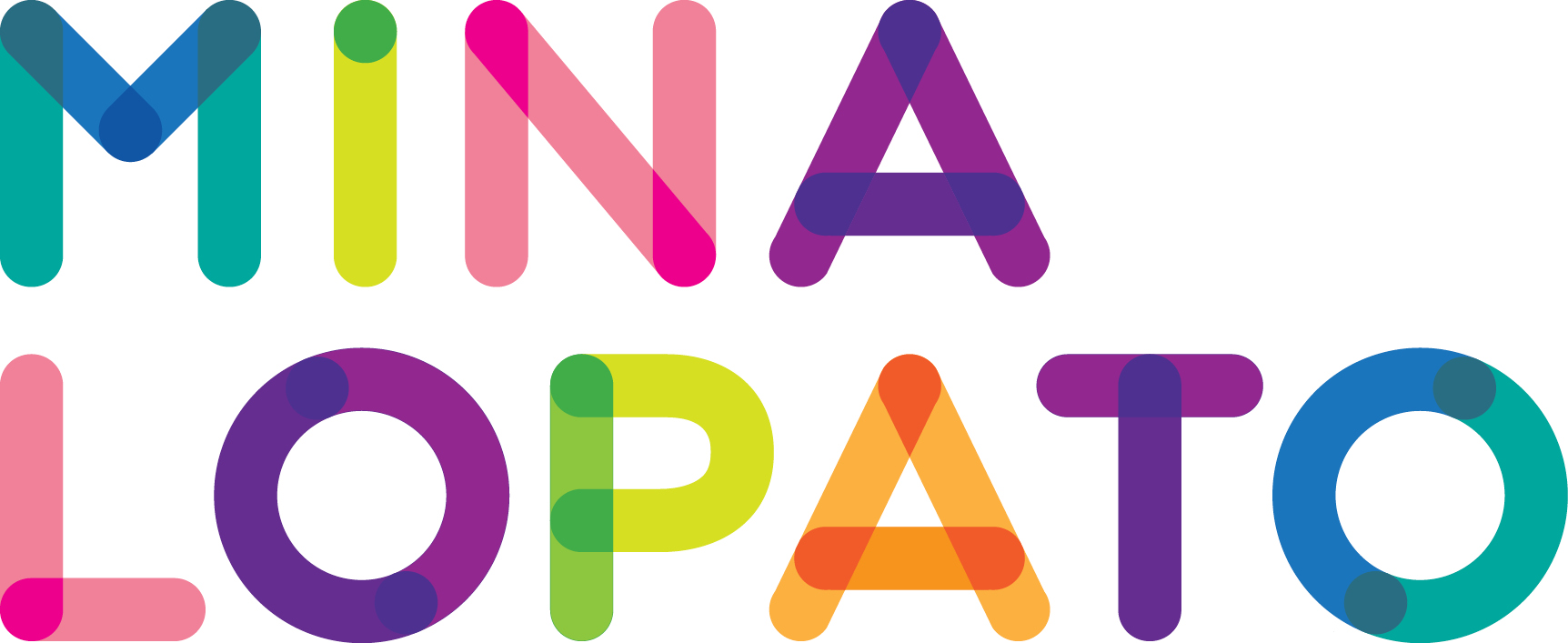Teaching young kids to tolerate uncomfortable emotions
By Margarita Tartakovsky, M.S.
Your child starts wailing because they want to play with your phone, and you took it away. So you promptly give it back.
Your child is anxious about an upcoming performance at their preschool, so you immediately tell them there’s nothing to be nervous about, and it’ll be perfectly fine.
Your child is sad about a fight with their friend, so you try to cheer them up. You make jokes, tell them not to be upset, and mention that they have sooo many things to be thankful for.
According to Carla Naumburg, Ph.D, a clinical social worker and parent coach, this is a common mistake so many of us parents make. We rush to fix our kids’ problems (It’s OK! I’ll get you a new ice cream cone!), and we focus on behaviors, “without acknowledging the feelings behind them” (“We don’t bite! No biting!”).
Of course, we have good, compassionate intentions. But this isn’t helpful.
One of the biggest reasons we gloss over our kids’ emotions is because we can’t tolerate our own discomfort. Maybe it’s because no one taught us (because our parents didn’t know how to either). Maybe it’s because those feelings trigger memories and emotions we haven’t felt in years, and we don’t know what to do with them, Naumburg said. Maybe it’s because processing painful feelings requires time, patience and presence, and we’re too rushed, too exhausted, too stressed out to deal with our kids’ feelings, she said.
Yet tolerating our own discomfort is the best way to teach our kids to tolerate their’s. After all, it always starts with us. (Darn it.)
Modeling and teaching this to our kids is critical because “unpleasant emotions are a part of life,” and they demand expression. “If we don’t find a healthy way to get them out, they’ll show up in unskillful behavior,” said Naumburg.
In kids that can look like tantrums, resistance (“I don’t care! I’m not listening!) and biting in toddlers. In adults that can look like substance use, compulsive shopping and tantrums, too.
Plus, when we rush to remedy our children’s feelings, we rob them of the opportunity to experience their emotions and recover from them, Naumburg said. And we send “a message that their feelings aren’t OK or worthy of our time.”
Remember your child is experiencing an emotion—instead of trying to give you a hard time. Of course, as Naumburg said, they sometimes might be doing that, too. But overall, they’re having a big feeling, and this is a prime opportunity for you to help them navigate it effectively.
Help your child identify and label their emotion. “When we name our kids’ feelings, we help them recognize them, and learn that they’re OK.” We also help them connect the dots: something that happened has triggered this feeling. Acknowledging your little one’s big emotions also helps to calm them, she said. For instance, you might say: “You’re feeling mad because your sister took your toy. You’re frustrated because you can’t get the box open.” You’re anxious because you’re starting kindergarten tomorrow. You’re sad that grandma has to go home.
Let your child cry. Avoid saying “Don’t cry” or “This isn’t a big deal. Why are you crying?” Show your kids it’s OK and good to release their feelings, whether that includes crying or not.
Feelings are tough to navigate—especially if you don’t have much practice actually feeling them. But the great news is that we can learn. And your kids can, too. And by teaching your kids to tolerate unpleasant, uncomfortable emotions, you teach them to cope effectively not only right now, but well into their adolescence and adulthood.
“Children who need the most love, will ask for it in the most unloving of ways. ”
